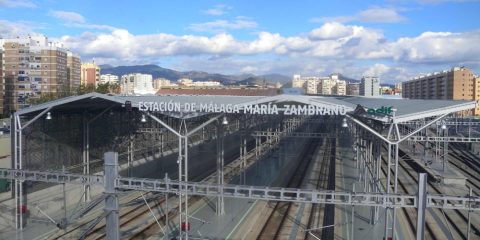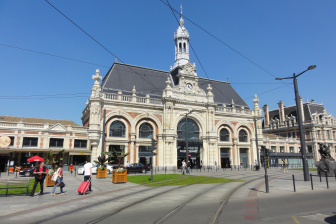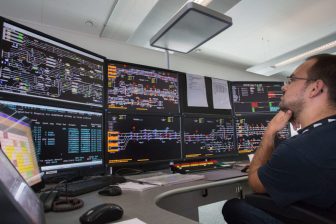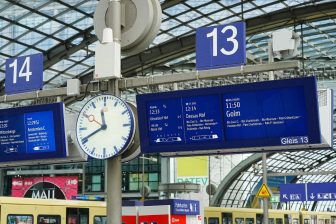
5G enables facial recognition at Málaga station
source: Ayesa press release
Facial recognition gives access to areas in a train station, and maintenance workers have a real-time digital model of elements directly on their phone. These are some of the possibilities of 5G, which Vodafone and Adif have concluded a project about at the Málaga main train station in Spain.
Want to read more?
You have read all of your free premium articles for this month. Please become a subscriber to keep reading.
Subscribe now!
Take advantage of our exclusive offer to get full access to all premium content.



